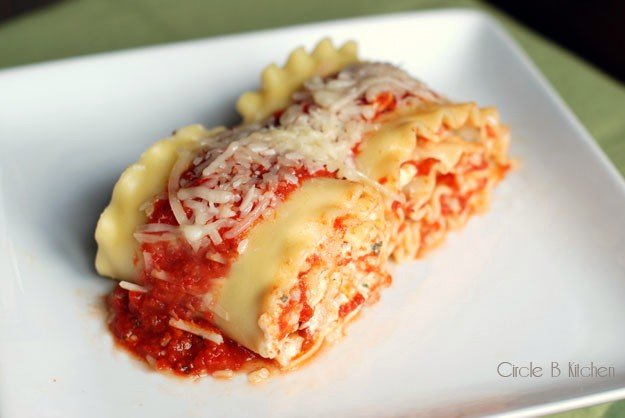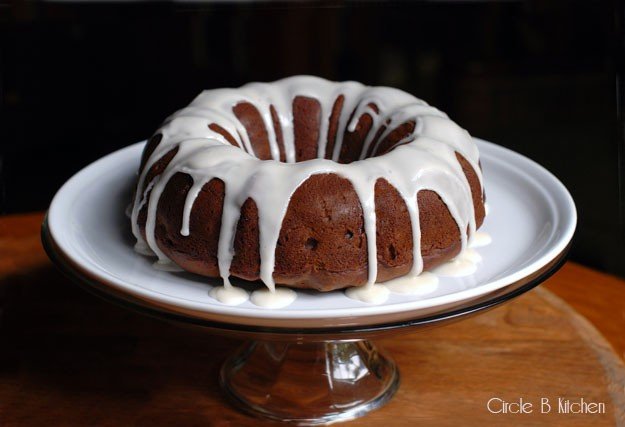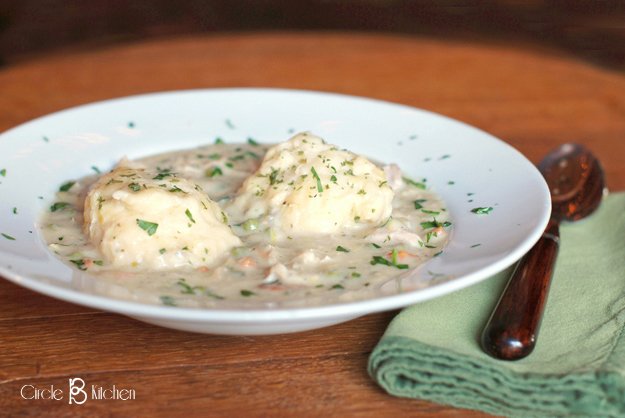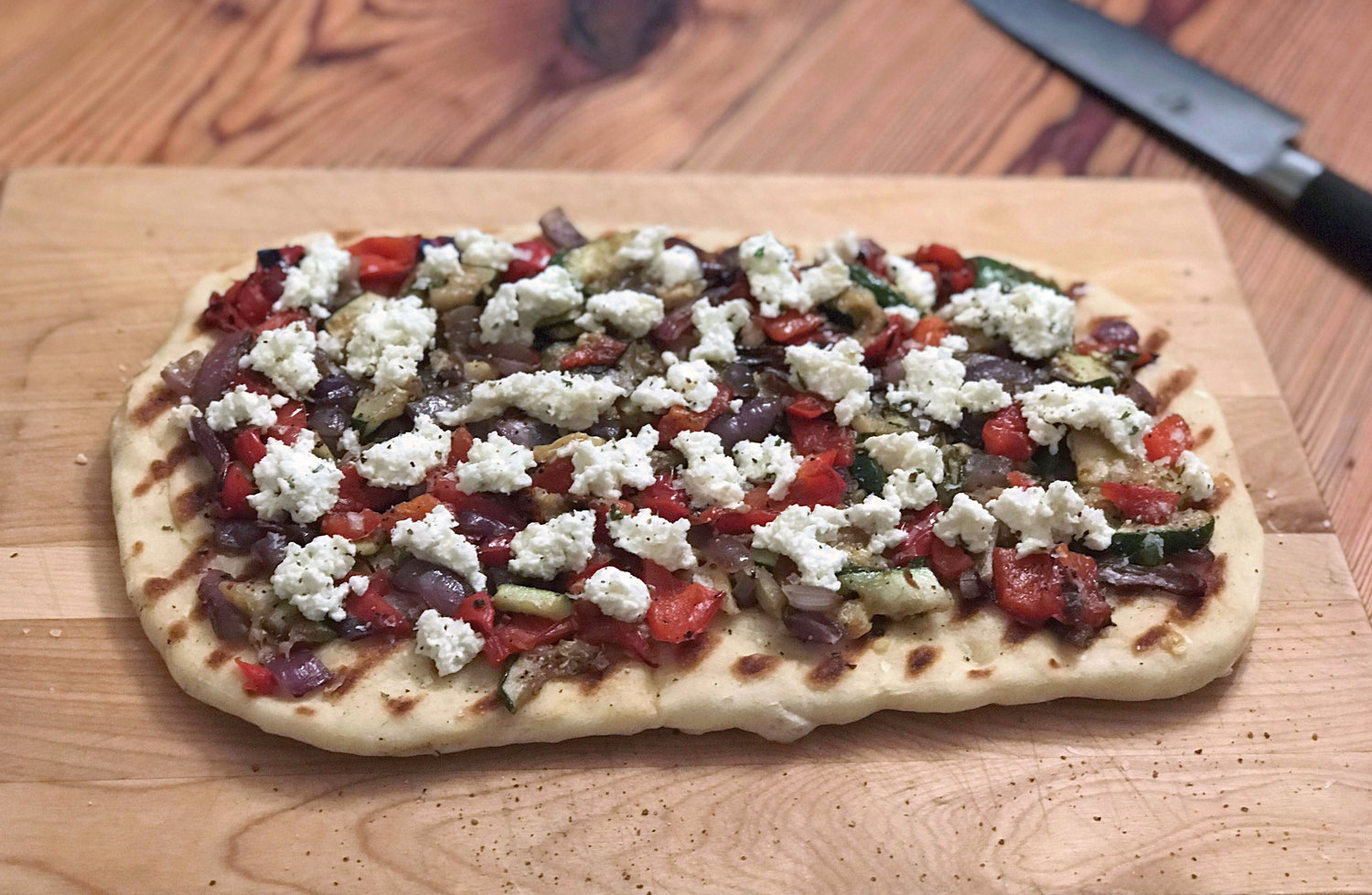Shrimp Fried Rice
/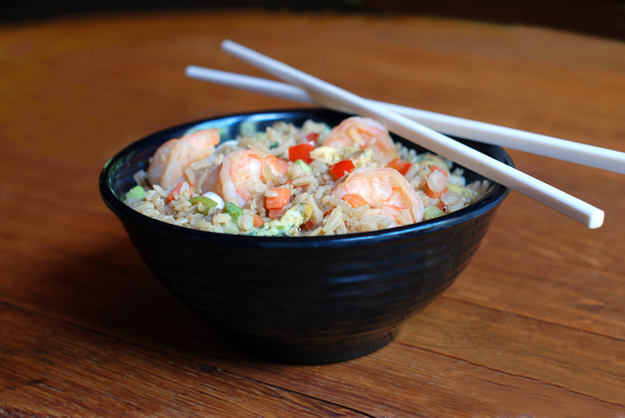
We’ve most definitely moved into the dog days of summer. August is now upon us and any excuse to stay away from a hot stove or oven is gladly seized upon, so I suppose I should be inspiring you to make a nice cold salad for dinner or something befitting the heat and humidity of this day, but no. Ha! Ironically, we're going to stand over a very hot pan and stir up some trouble. Fried rice trouble, which just happens to be ever so delicious. But I don't want you to worry about all that heat. I can even say with confidence that you could turn off your air conditioning and still make this shrimp fried rice without breaking a sweat. I’m not saying that you should do that, because personally, I’m very partial to air conditioning, especially when I’m cooking, but it’s sort of my lame way of saying that the actual cooking time here is so minimal that yes, you can make fried rice in the blistering heat of August and be very happy you did.
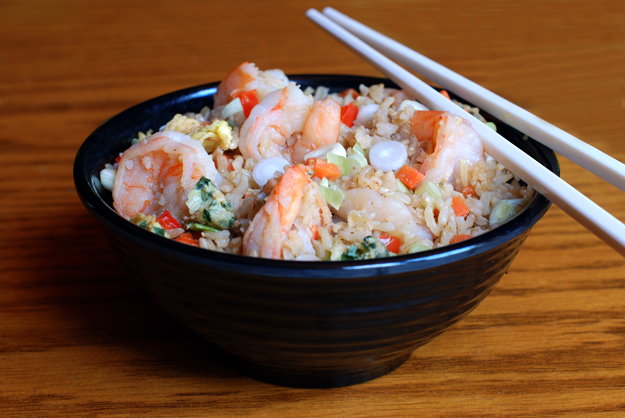
Perhaps a little confession time is in order here because I have to admit that I sometimes (sometimes!) shy away from some Asian recipes because they look long and involved and the ingredient list sometimes takes ½ hour to read and then I’m like “Nah, let’s just have burgers”. I’m not proud of this because I love stir fries and all things Chinese noodles and rice bowls and such. And I dearly love fried rice.
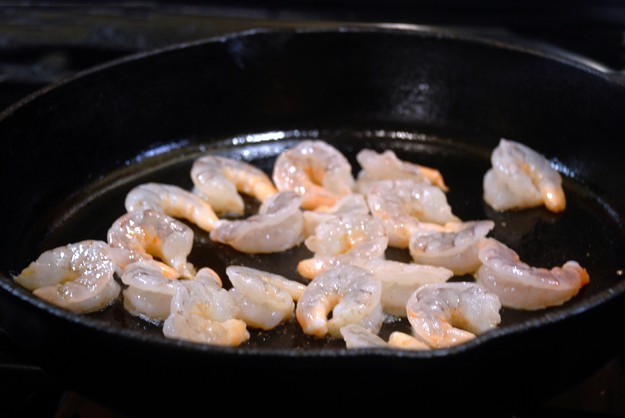
So I took it upon myself to create a recipe that is neither long, involved nor labor intensive, and I have to say that in this I have failed miserably. Well, maybe not miserably. I mean there is a bit of chopping and dicing and such, and there are waaaaay more words in the recipe than I had hoped for, but this is the fried rice that I want to eat, and the recipe that will get me there, so there are words. Maybe lots of them.
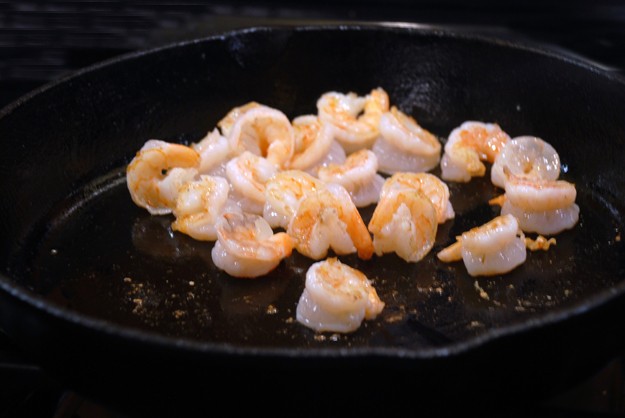
After much testing and tweaking and tasting, I have settled on a recipe that feels worthy of the Circle B Kitchen label. I just hope you will forgive me for the wordiness, but there is so much to talk about when it comes to making good fried rice; I’ll just try and talk fast.
Firstly, we must talk about the rice. You can really use just about any rice you love and adore, but oddly enough, it must be cooked, cold and stale. Well, the stale part is a bit of an exaggeration, but cold, leftover rice is what makes a good fried rice good. If you get a hankering for fried rice and you have no leftovers in the fridge, I have given you a nifty shortcut in the recipe. I often make a double batch when I’m making rice, just so I’ll have enough leftovers to make this. My preferred rice is brown jasmine, but like I said, any rice will do.
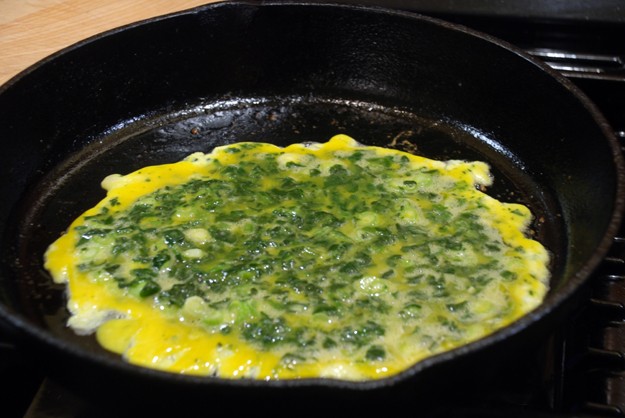
Secondly, one of the things I love about fried rice is those bits of egg that give a lovely little bite of texture. Sometimes the egg is scrambled in the pan after the rice is added and sometimes the egg is scrambled first and then removed and added back in at the end.

In one of my fried rice trials I had some leftover spinach frittata in the fridge and I thought why not just chop it up into the rice and that was such a good call. It was dynamite! So now I always make sort of a mini frittata (more like a pancake) with the egg and add green onions and spinach and then cut it up and add that to the rice at the end of cooking. So good in there!

Another thing that I discovered along the way is using white pepper. I’ve always loved white pepper in sauces and with seafood, so it’s no surprise that it’s also awesome in fried rice. I think white pepper has a little more heat than black pepper, but it’s a warm, subtle heat that just works in here.
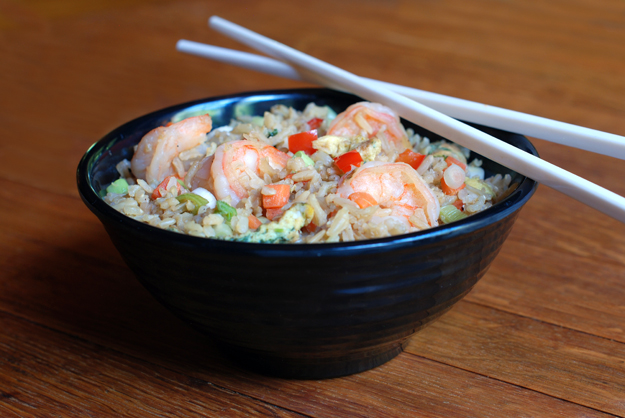
Since this is shrimp fried rice, we're adding shrimp to the rice, but you could just as easily add chicken, pork, or make it vegetarian by adding your favorite veggies. And one last thing… as usual, it’s always best to have all of your ingredients chopped, measured and prepped before you even heat up your pan. The actual cooking takes no more than about 10 minutes, so I promise… you won’t even break a sweat. Here’s the recipe…
Shrimp Fried Rice
Click here for a printable recipe
There are as many ways to cook shrimp fried rice as there are people who love it, but there seem to be 2 constants among them all. Firstly, you must use cold, cooked (preferably leftover) rice, and secondly, you must not overcook the shrimp. I love the strips of cooked egg woven into the finished dish, but if you prefer to scramble an egg in the pan after the rice is added, that’s just fine too. Or leave the egg out entirely. Another personal preference is the addition of white pepper which I adore. It’s a bit spicier than black pepper and adds a subtle warm heat that makes this fried rice pretty special stuff. As for the rice, just about any rice is going to work here (as long as it’s cold from the fridge). My rice of choice is brown jasmine or brown basmati. I make up a batch the day before or a few days beforehand. I’ve noted a little shortcut below if you don’t have any leftover rice. And one more thing, I know this recipe looks long and perhaps a bit involved, but it really isn’t. If you have all of your ingredients prepped and ready, this comes together in about 10- 15 minutes.
Serves 3-4
For the shrimp:
12 ounces of medium shrimp, shelled and deveined
½ teaspoon cornstarch
¼ teaspoon kosher salt
¼ teaspoon white pepper
For the egg:
3 large eggs, beaten
¼ cup thawed, squeeze-dried frozen spinach (about 2 ounces frozen)
¼ cup of chopped scallions
For the rice:
*4 cups of cold, cooked rice (leftover rice is preferable)
2 tablespoons minced (or grated) ginger
1/2 teaspoon white pepper (or more or less depending on your heat preference)
1 cup finely diced carrots
½ cup of fresh or frozen peas (optional)
2 scallions, chopped
2 tablespoons soy sauce
2 teaspoons sesame oil
2-3 tablespoons chopped fresh cilantro (optional)
In a medium bowl, combine the shrimp with the cornstarch, salt and white pepper. Toss to coat the shrimp as evenly as possible and set aside while you prepare the rest of the ingredients.
Combine the soy sauce and sesame oil and set aside.
Add the thawed spinach and ¼ cup scallions to the beaten egg, along with a little salt and pepper. Heat your skillet or wok and add a teaspoon or two of peanut or vegetable oil. Add the egg mixture and let it spread out to cover the bottom of the pan. Let it sit for about 30 seconds to cook the bottom and then use a spatula to flip it over. Cook another 5 or 10 seconds until cooked through and remove to a plate. After it has cooled, cut it into strips and set aside. You can make this the day before and refrigerate it until you're ready to cook.
Drizzle a bit more oil into the hot pan and add the shrimp, cooking quickly, untouched, for about 30 seconds and then flip them over and cook for another minute or two until they are just barely cooked through. Do not overcook them. Remove them from the pan and set aside.
Drizzle a bit more oil into the hot pan and add the ginger. Cook for about 10 to 15 seconds or until very fragrant and then add the diced carrots and peas (if using). Stir fry for a minute or so.
Add a bit more oil if the pan seems dry and add the rice, the white pepper and most of the remaining scallions, reserving a few for serving. Stir-fry for about 2-3 minutes until the rice is heated through.
Pour the soy sauce around the edges of the pan and stir to combine with the rice.
Add the shrimp and the sliced egg back into the pan and stir to combine well and heat through.
Remove from the heat and add the cilantro (if using). Serve while still warm from the pan, sprinkled with the few remaining scallions.
*If you don’t have any cold, leftover rice in your fridge, here’s a handy shortcut. You can cook the rice like you would pasta! A few hours (or days) before you plan on making the fried rice, you can throw 1 ½ cups of rice into a pan with lots of water in it. Add a little salt and bring it to a boil. Once the water has come to a boil, reduce the heat, cover the pan and let it simmer for 20 minutes for brown rice. White rice might only take 10 or 15 minutes.
Drain the rice and spread it out on a smallish baking sheet or baking pan to cool and then place it in the fridge for at least 2 hours. You want the rice to be cold and to dry out a bit. That allows it to absorb the flavors in the pan and keeps the rice from becoming soggy or mushy.











